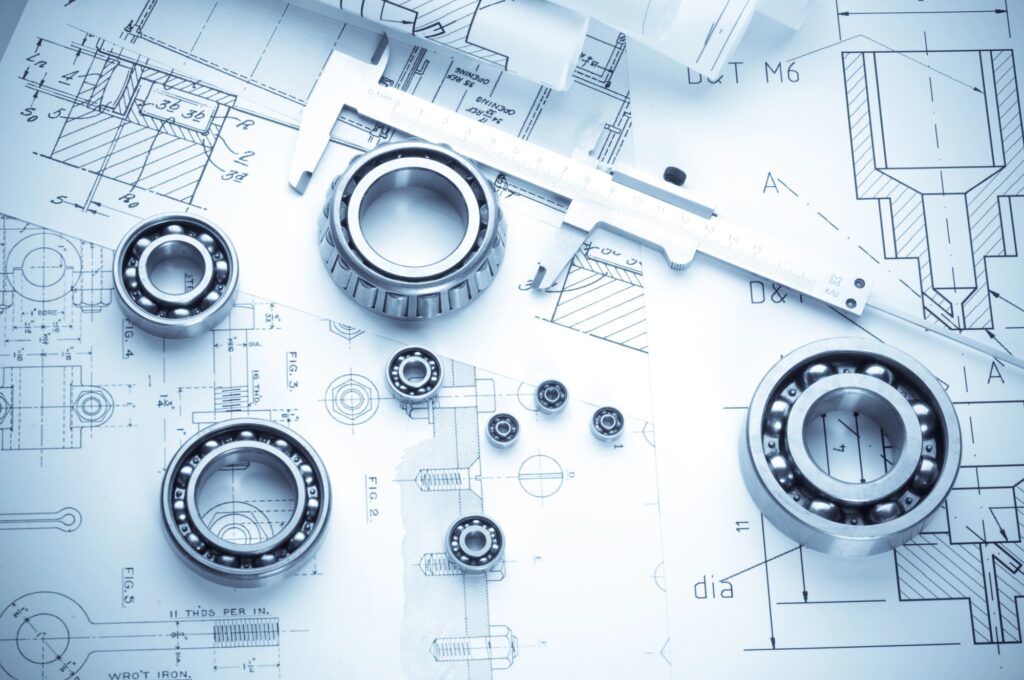The fireplace is more than just a functional fixture in architectural design. It’s a symbol of history, technology, and community.
From its beginnings as a simple hearth in ancient settlements, the fireplace has shaped how humans organize and experience their environments. By tracing its evolution, architects and designers can learn about the interplay of form, function, and cultural meaning in shaping spaces.
The Historical Role of Fireplaces: A Hearth at the Heart of Society
Fireplaces have been central to human habitation for centuries. They served as both physical and symbolic focal points within architectural spaces.
Originally conceived as open-hearth fires, these structures ensured warmth and food preparation. They also became powerful symbols of community and survival.
In ancient settlements, the hearth’s placement influenced spatial organization. It helped define social hierarchies and communal interactions.
Cultural Significance Across Civilizations
Throughout history, fireplaces have reflected cultural values and technological advancements. In medieval Europe, grand fireplaces often dominated great halls and showcased the status and power of their owners.
In Japanese architecture, the irori—a recessed hearth—became a spiritual and functional feature. It harmonized with traditional concepts of interior design.
Book Your Dream Vacation Today
Flights | Hotels | Vacation Rentals | Rental Cars | Experiences
The evolution of these elements highlights the connection between the fireplace’s form and its cultural meaning.
Fireplaces as Drivers of Innovation
Fireplaces have driven technological innovations within architecture. Early designs used simple smoke ventilation systems.
Advancements during the Renaissance led to the development of chimneys. This revolutionized heating efficiency and impacted building layouts.
These changes improved functionality and allowed architects to explore more intricate designs. Fireplaces became aesthetic focal points in many buildings.
The Modern Fireplace: Bridging Tradition and Ecology
In contemporary architecture, fireplaces balance traditional appeal with ecological responsibility. Designers now use advanced materials and technologies to create energy-efficient systems.
Closed combustion fireplaces and bioethanol burners have become popular alternatives to traditional wood-burning designs. This evolution shows how fireplaces adapt to society’s focus on sustainability.
The Social Dynamics of Fireplace Design
Architecturally, fireplaces have always been more than heating elements. They play a key role in shaping social dynamics.
As gathering points, fireplaces create intimate communal spaces. Individuals can connect and share experiences around them.
This aspect of fireplace design remains significant today. Many homes prioritize fireplaces in living rooms and outdoor spaces.
Fireplaces’ Contribution to Architectural Identity
The fireplace symbolizes warmth, hospitality, and identity. These qualities influence spatial arrangements and the emotional connections people form with their environments.
Whether it’s a modern fireplace in a minimalist home or an ornate stone structure in a classic mansion, fireplaces continue to anchor architectural narratives. They weave together function and meaning.
The Enduring Legacy: Why Fireplaces Matter in Design
The story of the fireplace is also the story of architecture’s evolving relationship with energy, humanity, and the environment. Scholar Luis Fernández-Galiano explores how architectural elements mediate our interactions with energy in his book *Fire and Memory*.
Fireplaces, with their history of innovation and cultural significance, show architecture’s ability to blend utility with symbolism.
Looking Forward: The Fireplace in Future Architecture
While the form and function of fireplaces have shifted over the centuries, their core essence as symbols of connection and comfort remains. As we look to the future of sustainable architecture, fireplaces will continue to adapt.
They will harmonize traditional elements with new technologies. These enduring symbols of warmth and community show how architecture shapes the human experience.
Here is the source article for this story: Shaping Spaces: The History and Impact of Fireplaces in Architecture
Book Your Dream Vacation Today
Flights | Hotels | Vacation Rentals | Rental Cars | Experiences

